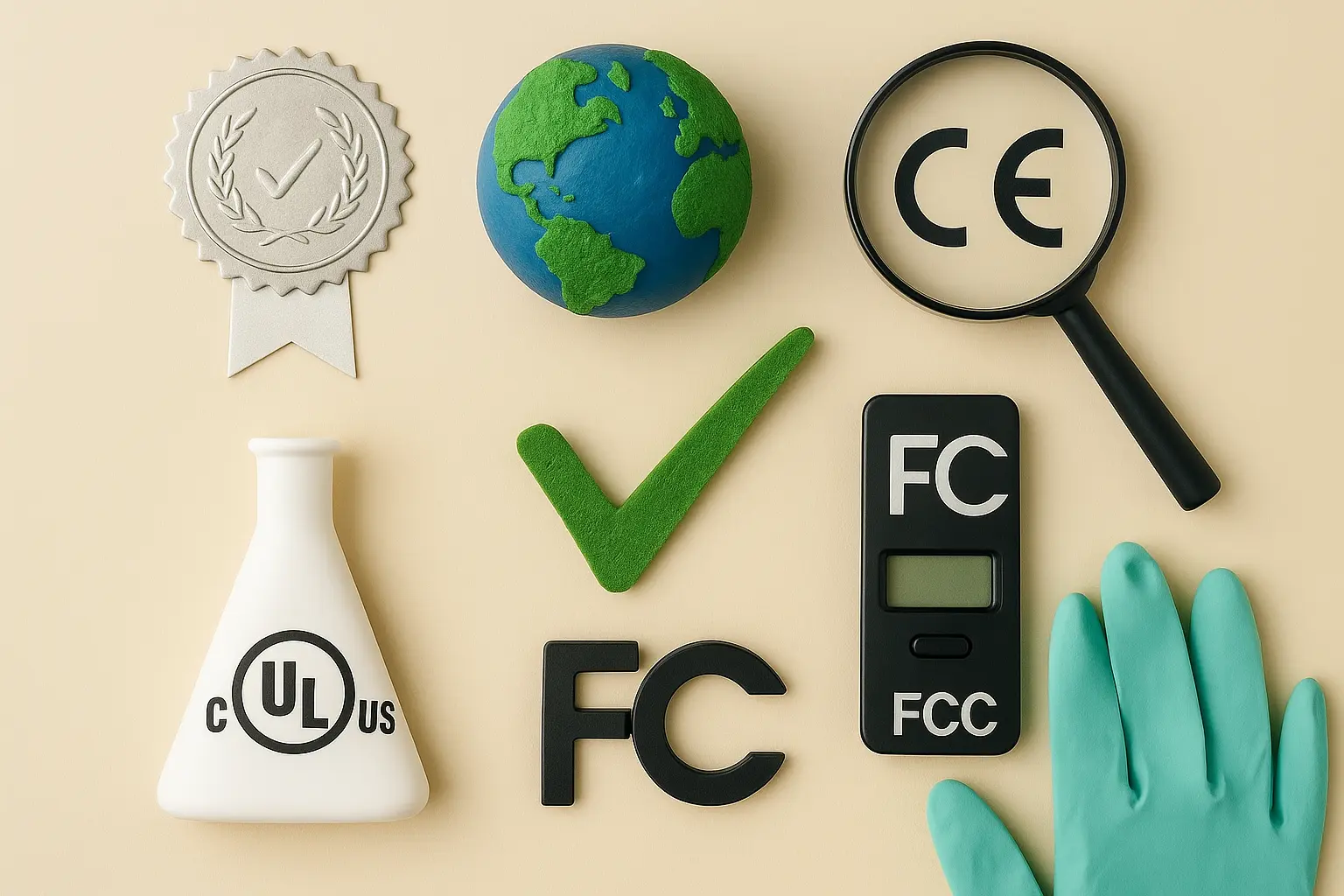LED Product Certification
In today’s competitive market, ensuring that LED products meet stringent quality and safety standards is critical. This ensures not only compliance with international regulations but also enhances consumer confidence and trust in the product. Our comprehensive LED product certification service guarantees that your LED devices are tested against the highest industry standards.
LED technology has revolutionized lighting solutions, offering energy efficiency and longevity unmatched by traditional lighting methods. However, to ensure safety, reliability, and performance, rigorous testing is essential. This service provides a robust framework for ensuring that all aspects of an LED product meet or exceed regulatory requirements.
The certification process involves multiple stages, including initial application, compliance checks, sample preparation, testing, and final reporting. Each step is designed to identify potential issues early on, ensuring the product’s safety and efficacy before it reaches market. Our team of experts uses advanced instrumentation and follows internationally recognized standards such as IEC 62788, ANSI/ANSI C78.372, and others.
The process begins with a detailed application form that outlines all relevant specifications about the LED product. This information is crucial for selecting appropriate test parameters. After submission, our compliance officers review your application to ensure it meets all necessary criteria. Once approved, we proceed with sample preparation which involves carefully selecting representative samples of the product.
The testing phase is where the rigor of our certification process truly shines. Our state-of-the-art laboratories are equipped with industry-leading equipment capable of simulating real-world conditions under controlled environments. We conduct a series of tests aimed at evaluating various aspects of an LED’s performance, including luminous flux, color rendering index (CRI), electrical efficiency, thermal management, and more.
Our team carefully interprets the results from these tests to determine whether they align with specified standards. If any discrepancies are found, we work closely with manufacturers to address them promptly. This collaborative approach ensures that issues are resolved efficiently without compromising on quality or safety.
The final step in our certification process is generating comprehensive reports detailing all test outcomes along with recommendations for improvements where needed. These reports serve as valuable resources not just for regulatory compliance but also for ongoing product development and improvement efforts within organizations.
Why It Matters
Complying with LED product certification is vital for several reasons:
- Enhanced Safety Standards: Ensures that products do not pose any risks to users or the environment.
- Better Quality Assurance: Identifies potential flaws early in the manufacturing process, leading to higher quality end-products.
- Promotes Consumer Trust: Builds trust among consumers who can rely on certified LED products knowing they meet rigorous safety and performance criteria.
- Facilitates Market Access: Simplifies compliance with local and international regulations, making it easier for manufacturers to enter new markets.
- Promotes Innovation: Encourages continuous improvement through regular testing and feedback cycles.
In summary, LED product certification plays a crucial role in ensuring both safety and excellence within the lighting industry. It helps maintain high standards while fostering innovation and trust among stakeholders.
Scope and Methodology
| Test Parameters | Description |
|---|---|
| Luminous Flux | The total visible light emitted by the LED measured in lumens. |
| Color Rendering Index (CRI) | A measure of how well natural colors are rendered when illuminated by a light source compared to an ideal reference. |
| Electrical Efficiency | The ratio of output power divided by input electrical power. |
| Thermal Management | Evaluation of the ability to dissipate heat generated during operation. |
| Electromagnetic Compatibility (EMC) | Ensures that the LED does not interfere with other electronic devices and is not affected by external electromagnetic interference. |
| Environmental Impact | Evaluation of energy consumption, greenhouse gas emissions, and other environmental impacts throughout the product lifecycle. |
The methodology for testing LED products involves several key steps:
- Initial Application: Submission of detailed information about the product including specifications and expected performance metrics.
- Sample Preparation: Selection of representative samples to ensure accurate representation of the product being tested.
- Compliance Checks: Review of submitted documentation against relevant standards and regulations.
- Testing: Conducting a series of tests across various parameters as outlined in the scope table above.
- Data Analysis: Interpretation of test results to determine compliance with set criteria.
- Reporting: Compilation of findings into detailed reports that include recommendations for improvement where necessary.
This structured approach ensures thorough evaluation and unbiased reporting, providing confidence in the certification process.
International Acceptance and Recognition
- IEC 62788: Covers general requirements for LED luminaires used in indoor spaces. This standard is widely accepted globally.
- ANSI/ANSI C78.372: Specifies the procedure for determining photometric parameters of solid-state lighting products, including LEDs.
- CIE 15:2018: Provides recommendations on how to measure and report light-emitting diode (LED) luminaires.
- EN 62788: European standard corresponding to IEC 62788, applicable in EU member states.
- JIS Z 9105: Japanese Industrial Standard for LED lamps and luminaires.
- KC Mark: Recognized by the Korea Agency for Technology and Standards (KATS).
- TUV Certification: Internationally recognized mark indicating product safety, quality, and reliability.
These standards provide a consistent framework that ensures LED products meet comparable requirements across different regions. By adhering to these internationally accepted guidelines, we ensure our certification service is both reliable and globally relevant.





